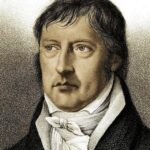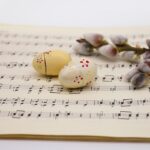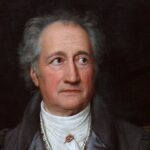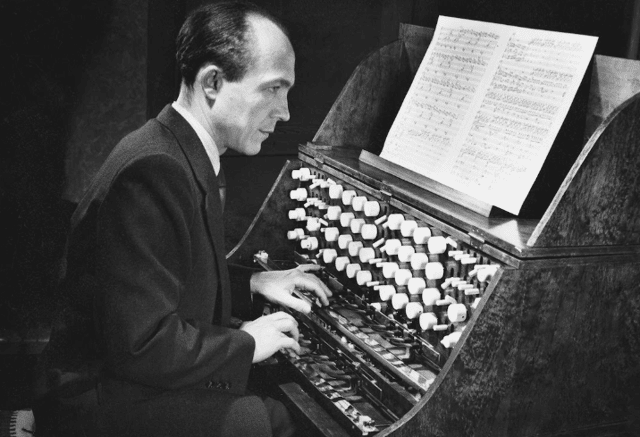
Oskar Sala was one of the most important figures and pioneers of electronic music of the 20th century. As a musician, composer, and natural scientist, he fully devoted himself to the playing and development of the Trautonium, an instrument invented by Friedrich Trautwein at the end of the 1920s which could be used to produce all kinds of sounds and noises. The Trautonium is still considered the predecessor to the synthesizer to this day.
Sala was born in Greiz, Thuringia, Germany, on July 18, 1910. He studied piano and organ during his youth, performing classical piano concerts as a teenager. In 1929, he moved to Berlin to study piano and composition with composer and violist Paul Hindemith at the Berlin Conservatory. He also followed the experiments of Dr. Friedrich Trautwein, at the school’s laboratory, learning to play with Trautwein’s pioneer electronic instrument, the Trautonium.
On 20 June 1930 Sala and Paul Hindemith gave a public performance at the Berliner Musikhochschule Hall called “Neue Musik Berlin 1930″ to introduce the Trautonium. Later Sala toured Germany with the Trautonium; in 1931 he was the soloist in a performance of Hindemith’s Concert for Trautonium with String Quartet.
Sala studied physics at the University of Berlin between 1932 and 1935. He helped to develop the “Volkstrautonium”, a Trautonium that Telefunken hoped to popularize. In 1935 he built a “Radio-Trautonium”, and in 1938 a portable model, the “Konzerttrautonium”.
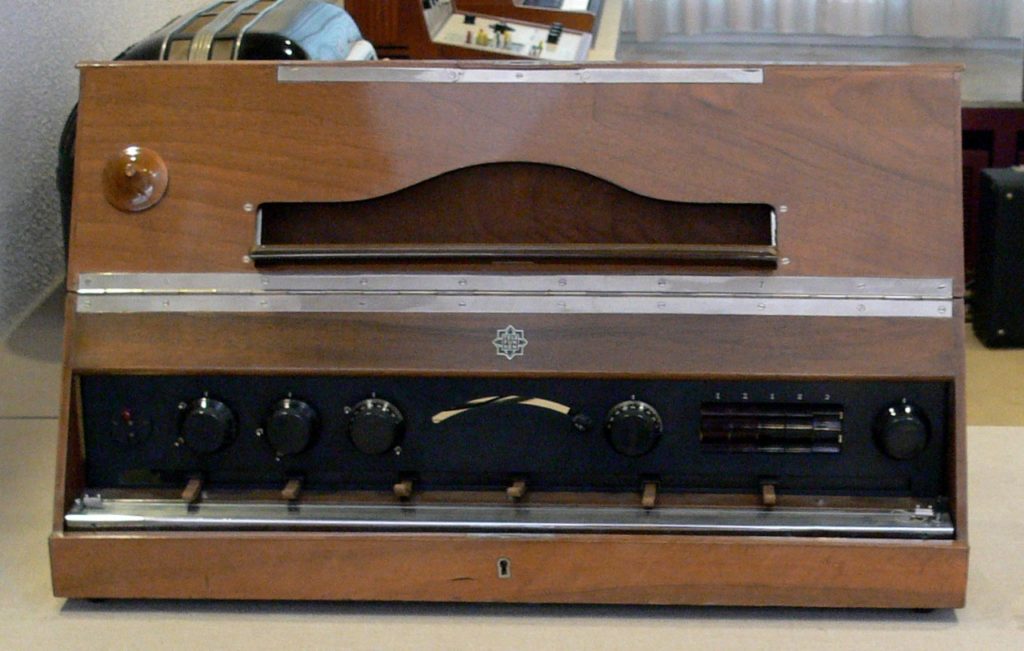
The Trautonium is an early synthesiser which used a resistor wire placed over a metal plate to create sound. The manner in which the resistor was pressed would determine the type of note played, ranging from vibrato to portamento. Sala kept developing the Trautonium until his death in 2002, and later iterations could be used to accurately recreate sounds from birdsong to bells to slamming doors. Some musicians, including the German Peter Pichler, still compose and perform with the Trautonium today.
The Trautonium can sound like a violin, an oboe, or a siren and can produce vocal sounds. There was no keyboard, just a metal rail with a string wrapped with resistance wire stretched over it. When the string was pressed onto the metal rail, a circuit was closed and an overtone-rich sound was produced by tubes inside the instrument. Different sounds could then be distilled out of this sound via filters controlled by rotary switches.
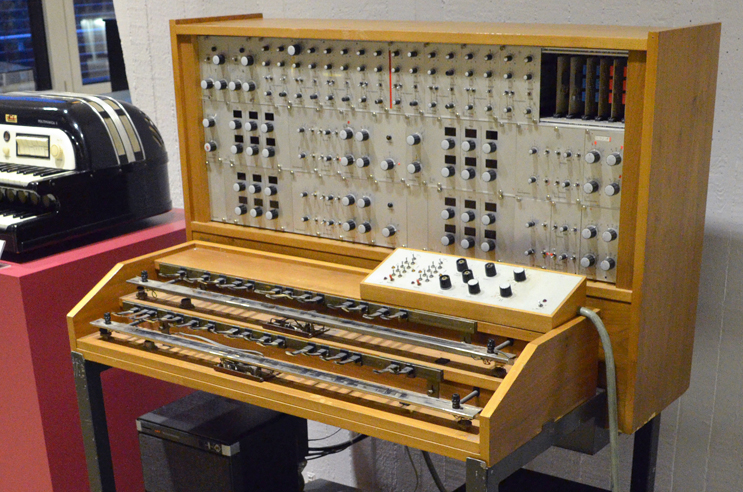
Sala’s greatest achievement was his Mixtur-Trautonium, which boasted such unique architecture, it was capable of playing several sounds or voices simultaneously. He presented his new instrument to the public in 1952, before attaining a license for its circuits.
Sala’s most recognizable musical work comes in the form of film scores. He composed pieces for hit films including Rosemary (1959) and Alfred Hitchcock’s The Birds (1962). The bird noises in the film were created by Sala’s Trautonium.
In 1995, he donated his original Mixtur-Trautonium to the German Museum for Contemporary Technology.
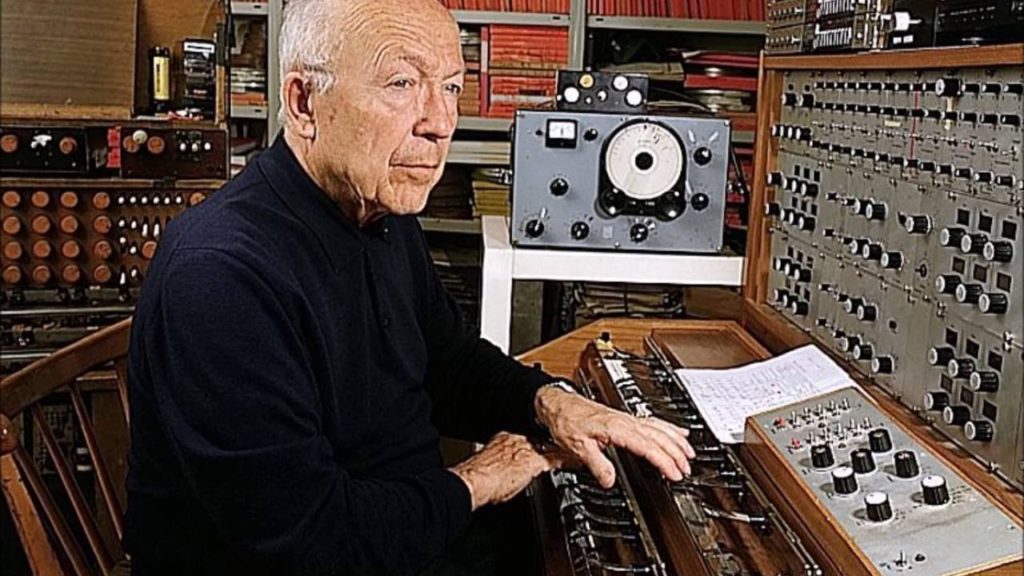
He died in February 2002, at the age of 91.


